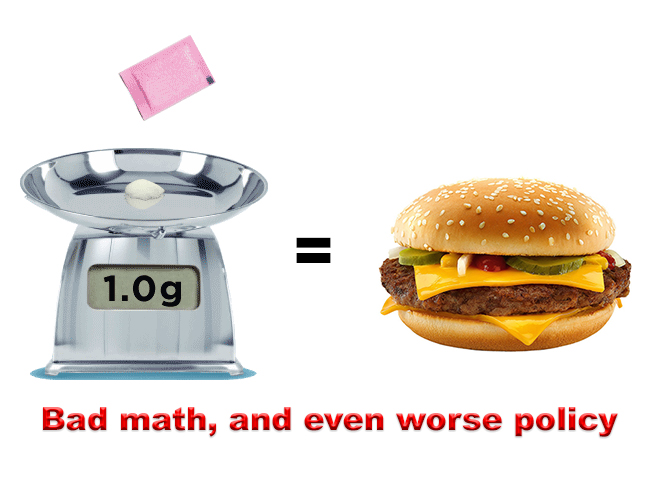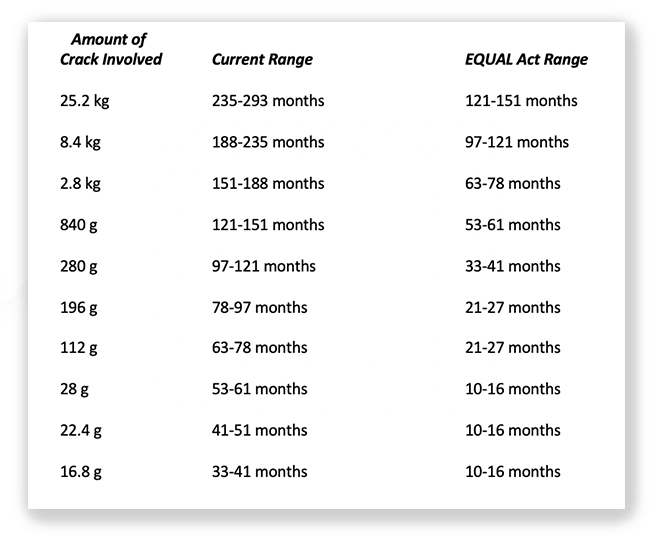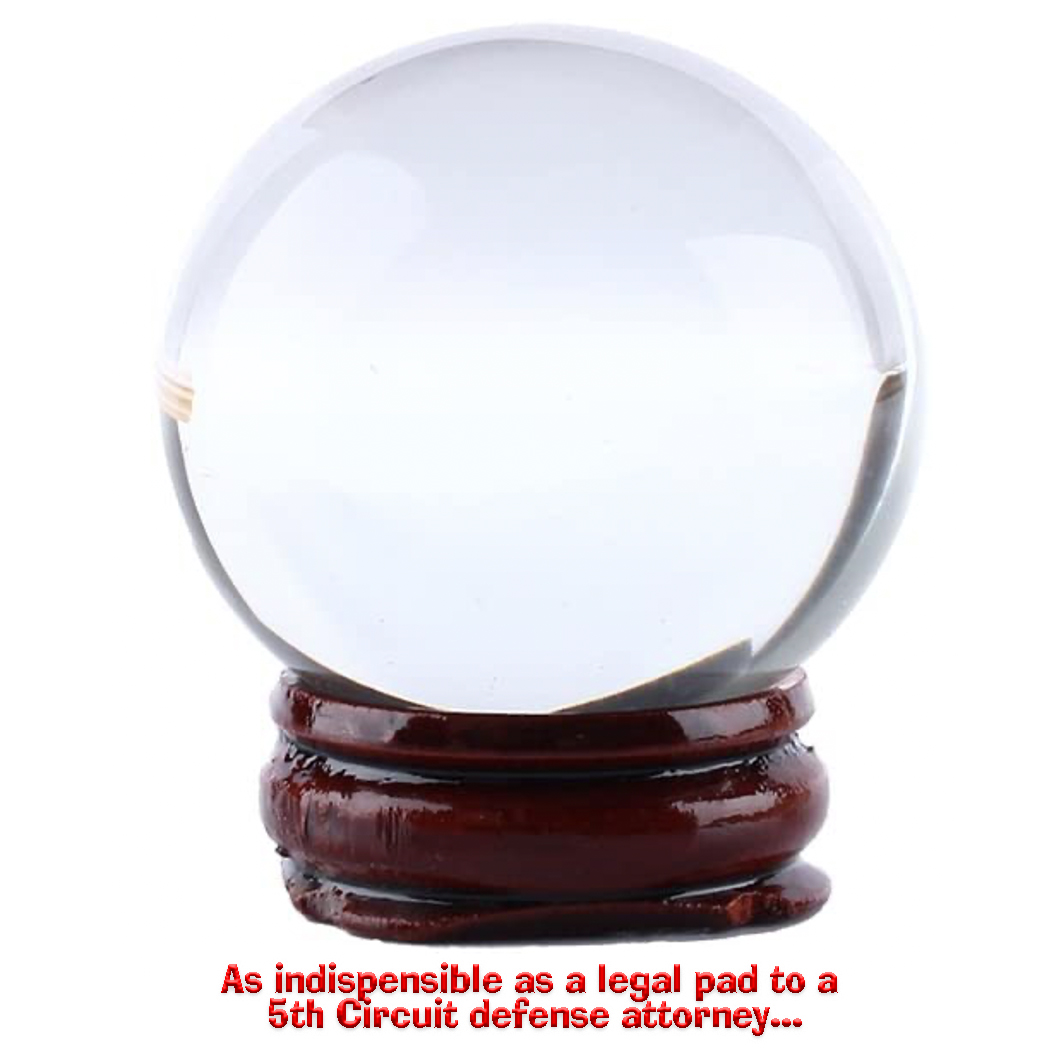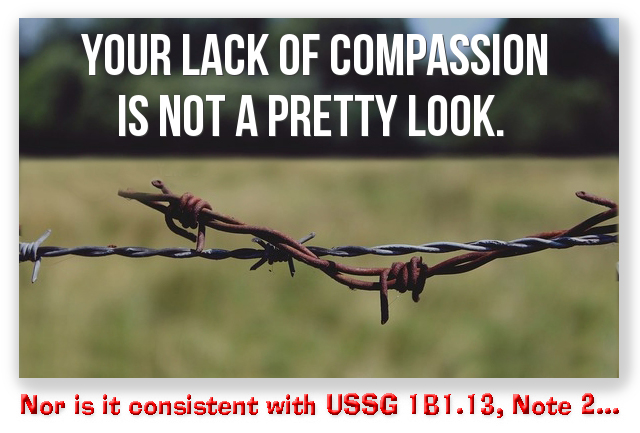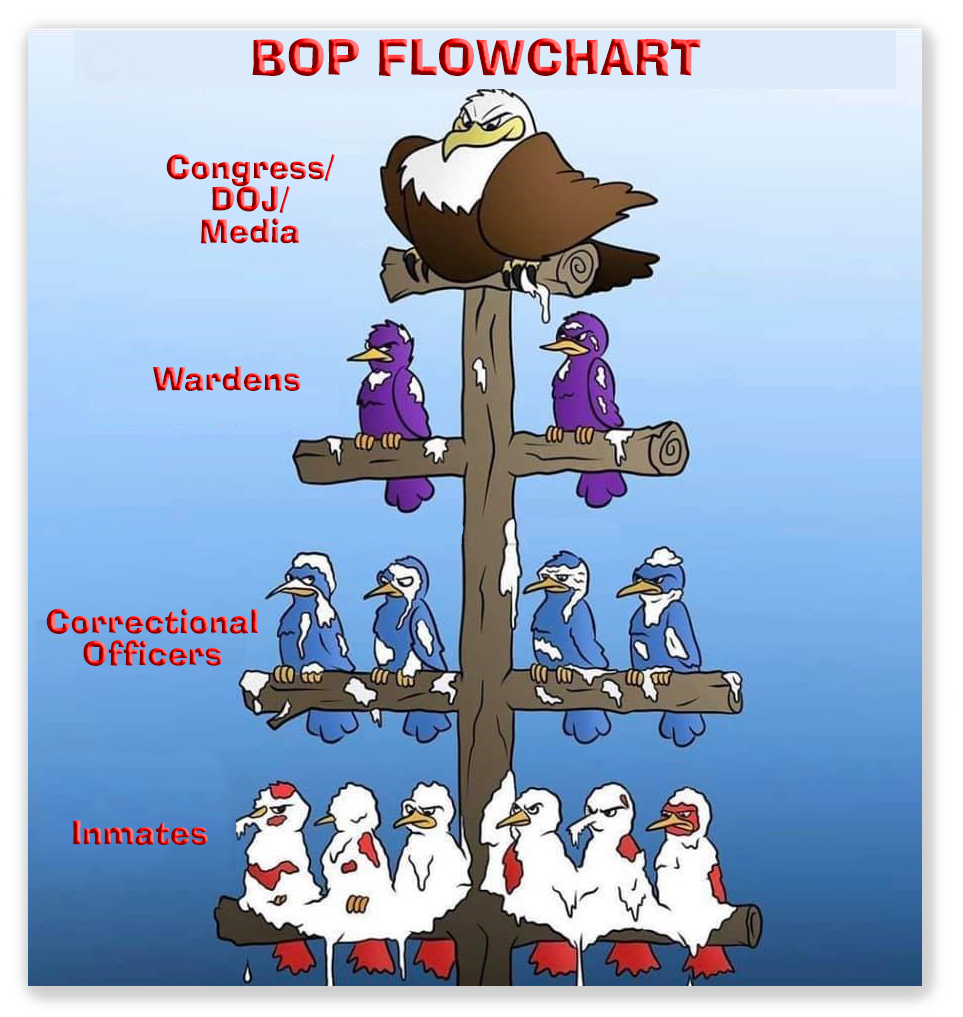We post news and comment on federal criminal justice issues, focused primarily on trial and post-conviction matters, legislative initiatives, and sentencing issues.

COVID IN PRISON: WHO TO BELIEVE?
This is not my usual complaint about the BOP’s voodoo accounting for inmate COVID patients (although if cooking the books is a sin, a lot of BOP bean counters had better be pretty busy on Sunday morning). This is a more general head-scratch about how everything we knew about COVID seems, day by day, to be proven wrong.
 How about the one that the vaccine (or a prior bout of COVID) will provide enduring protection? The government loves to trot out the argument that compassionate release due to the dangers of COVID is passe, because the prisoner is either (1) fully vaxxed; or (2) recovered from a prior bout of COVID, and thus naturally immune. It now appears that this chestnut is running headlong into the real world.
How about the one that the vaccine (or a prior bout of COVID) will provide enduring protection? The government loves to trot out the argument that compassionate release due to the dangers of COVID is passe, because the prisoner is either (1) fully vaxxed; or (2) recovered from a prior bout of COVID, and thus naturally immune. It now appears that this chestnut is running headlong into the real world.
Diamonds Are Forever… But Not Vaccines: There is mounting evidence that vaccines are shorter-lived than the government says they are, and having COVID once does not immunize you from getting it again. Reuters reported last Friday that six months after receiving the second dose of the two-shot vaccine from Pfizer, many recipients no longer have vaccine-induced antibodies that can immediately neutralize worrisome variants of the coronavirus. In other words, that Pfizer poke you got in April likely isn’t doing anything for you now.
COVID Ain’t One-and-Done: As for immunity due to having had COVID once, a review of all of the BOP’s press releases in inmate deaths – available at BOP.gov – since March 1, 2021, 19 of 28 reported deaths (68%) were of inmates who had previously recovered from COVID.
 Let that sink in. More than half of the federal prisoners who died of COVID in the last seven months had already had COVID-19 once, and the prior bout from which they had recovered was not nearly as serious as the second one.
Let that sink in. More than half of the federal prisoners who died of COVID in the last seven months had already had COVID-19 once, and the prior bout from which they had recovered was not nearly as serious as the second one.
Now back to vaccines: the Centers for Disease Control and Prevention descended on FCI Texarkana last August when an early breakout of COVID-19 Delta erupted. The CDC study found that while 93% of the Texarkana inmates (39 of 42) infected with COVID-19 Delta were unvaccinated, 70% (129 of 185) infected had received both doses of vaccine. Infections were found in 89% of those vaccinated more than four months previously and 61% in those vaccinated in the last two months.
The data are showing CDC scientists (and the rest of us) that immunity from a prior COVID infection or vaccine is far from substantial protection.
BOP Numbers: The BOP’s COVID numbers fell from 631 inmates and 547 staff on Sept 24 to 480 and 497 last Friday. But COVID is still present in 112 of 122 facilities. Four more inmates died last week. Inmate vaccinations jumped four points to 65.6%. Staff vaccinations still lag, up less than a half point to 54.8%.
 Staff Shots: A Presidential Executive Order to enforce vaccinations of BOP staff (not inmates) will begin this coming Friday. If staff are not fully vaccinated by Nov 22, they will face employment termination. BOP staff from USP Lewisburg, USP Allenwood, USP Canaan, FCI Schuylkill, and LSCI Loretto picketed last week against the mandate. Forbes reported last week that an Inspector General’s survey of BOP employees show substantial staff hesitancy or resistance to getting the vaccine, and “almost a third of those respondents reported that they have considered leaving the agency.”
Staff Shots: A Presidential Executive Order to enforce vaccinations of BOP staff (not inmates) will begin this coming Friday. If staff are not fully vaccinated by Nov 22, they will face employment termination. BOP staff from USP Lewisburg, USP Allenwood, USP Canaan, FCI Schuylkill, and LSCI Loretto picketed last week against the mandate. Forbes reported last week that an Inspector General’s survey of BOP employees show substantial staff hesitancy or resistance to getting the vaccine, and “almost a third of those respondents reported that they have considered leaving the agency.”
COVID Infection is Arbitrary, and So is Compassionate Release: The gross disparities in grant of compassionate release are getting more notice. A CNN report last week noted that “17.5% of compassionate release motions were granted in 2020 and the first six months of 2021, newly released sentencing commission statistics show. But that rate ranged from a low of 1.7% in the Southern District of Georgia, where all but four of 230 motions were denied, to a high of 77.3% in the District of Puerto Rico, where 17 of 22 motions were granted. Judge Charles Breyer, the only current member of the sentencing commission, said in an interview that he thought the lack of updated compassionate release guidelines was exacerbating the wide disparities between districts.” Breyer argued that “You need a national standard,” adding that without one, “it creates a vacuum and it creates uncertainty, and most importantly it creates disparity.”
Just over 40% of motions decided in March 2020 were approved, CNN reported, but that fell to less than 17% in December and about 11% in June 2021. The decline this year came as the number of new coronavirus cases behind bars receded and vaccines became widely available in the prison system.
 At Last, A Reason for Guys to Get Vaxxed: Still wondering about taking the vaccine? A report last week spotlighted mounting evidence that COVID-19 may sabotage men’s sexual health. Men may be six times more likely to develop brief or long-term erectile dysfunction after contracting the virus, according to research published in March. So guys, your reasons for rejecting vaccination are starting to seem… kind of limp.
At Last, A Reason for Guys to Get Vaxxed: Still wondering about taking the vaccine? A report last week spotlighted mounting evidence that COVID-19 may sabotage men’s sexual health. Men may be six times more likely to develop brief or long-term erectile dysfunction after contracting the virus, according to research published in March. So guys, your reasons for rejecting vaccination are starting to seem… kind of limp.
CDC, Outbreak of SARS-CoV-2 B.1.617.2 (Delta) Variant Infections Among Incarcerated Persons in a Federal Prison — Texas, July–August 2021 (September 24, 2021)
Am Council on Science & Health, Prison Breakout … of the Delta Variant (September 26, 2021)
NCPA.com, Bureau of Prisons’ staff face vaccinate mandate; union picket ensues (September 29, 2021)
Reuters, Science News Roundup: Delta increases COVID-19 risks for pregnant women; Pfizer/BioNTech vaccine antibodies gone by 7 months for many (October 1, 2021)
CNN, Compassionate release became a life-or-death lottery for thousands of federal inmates during the pandemic (September 30, 2021)
Natl Geographic, COVID-19 may impair men’s sexual performance (September 22, 2021)
– Thomas L. Root




